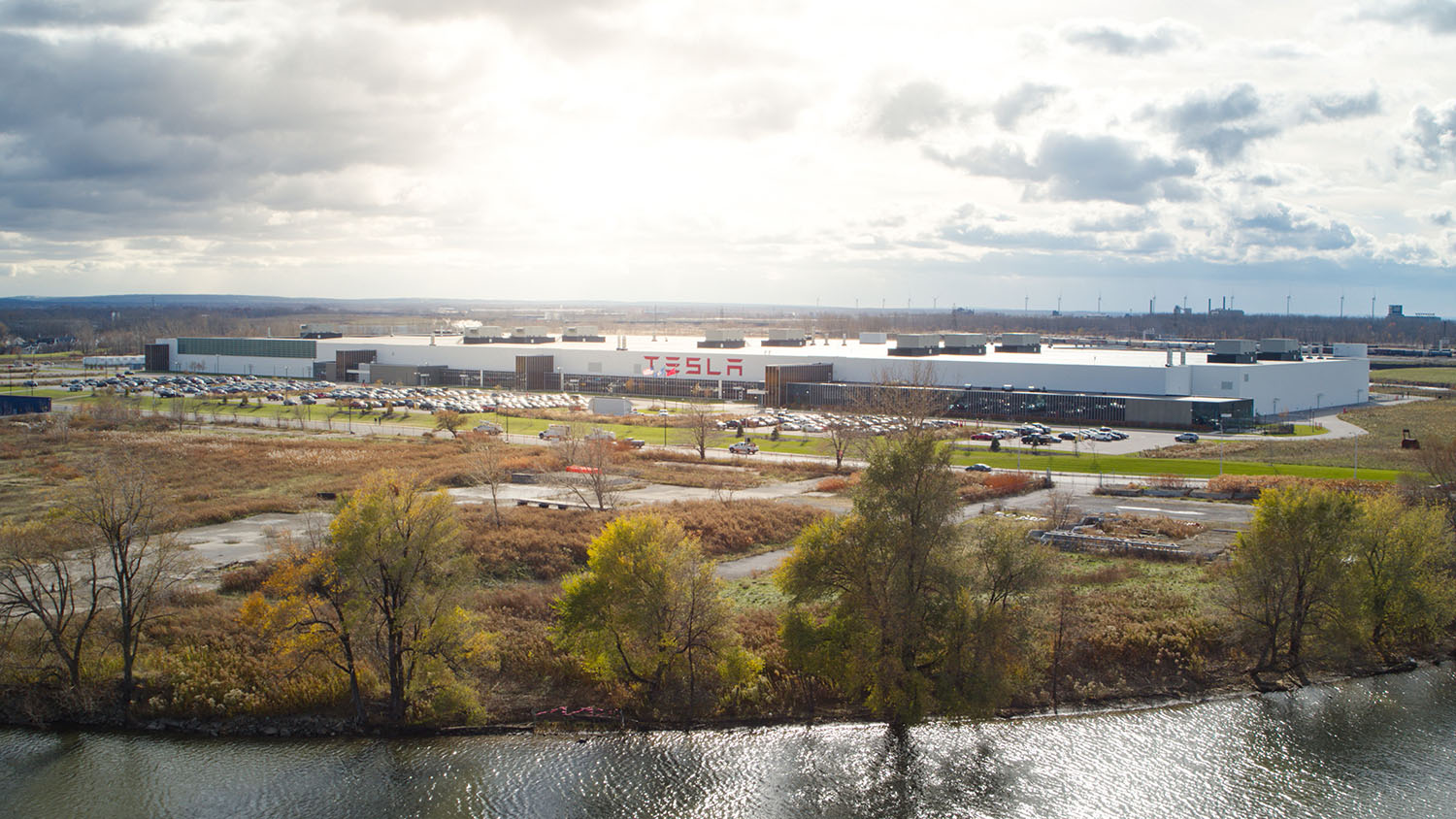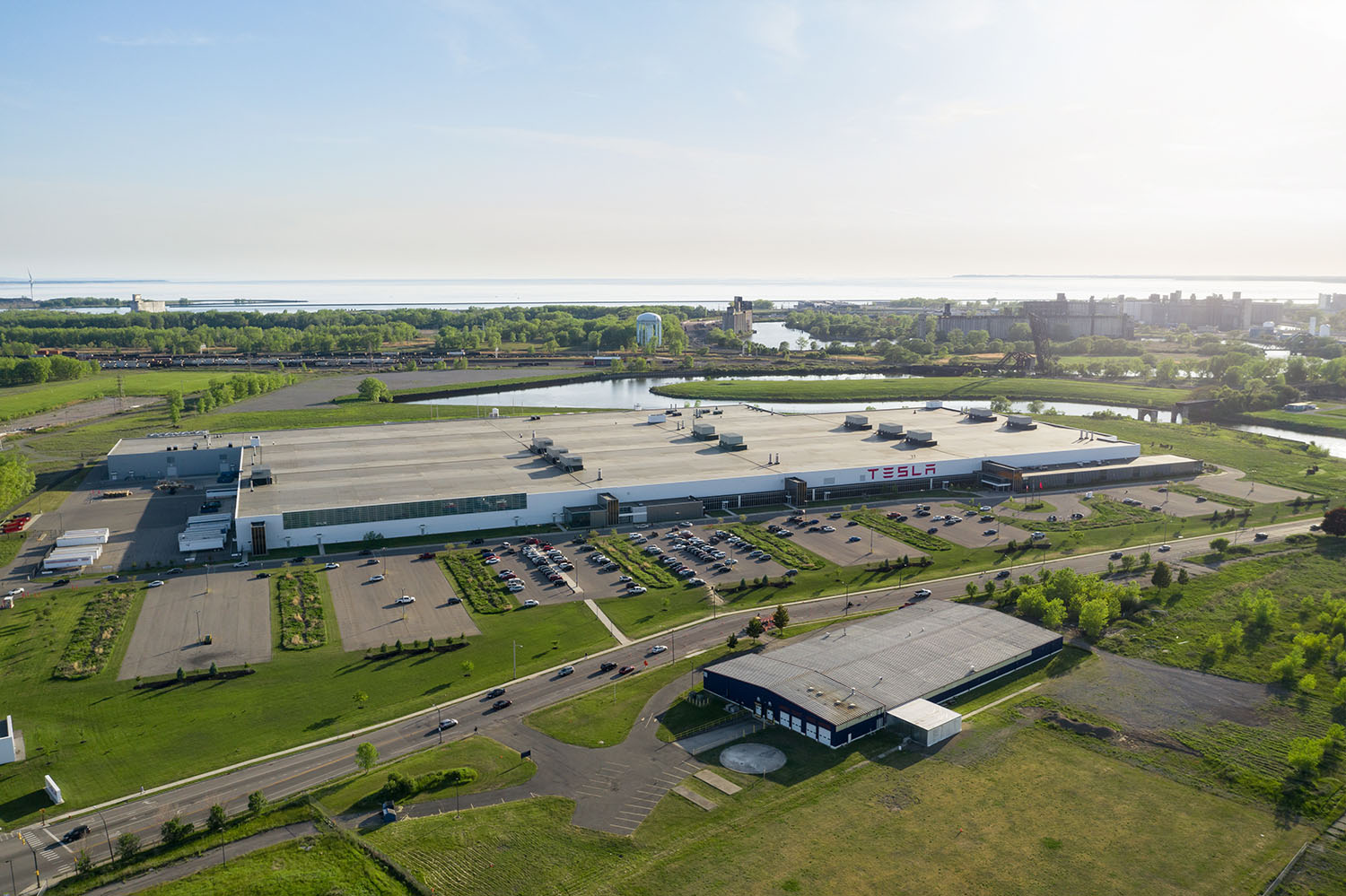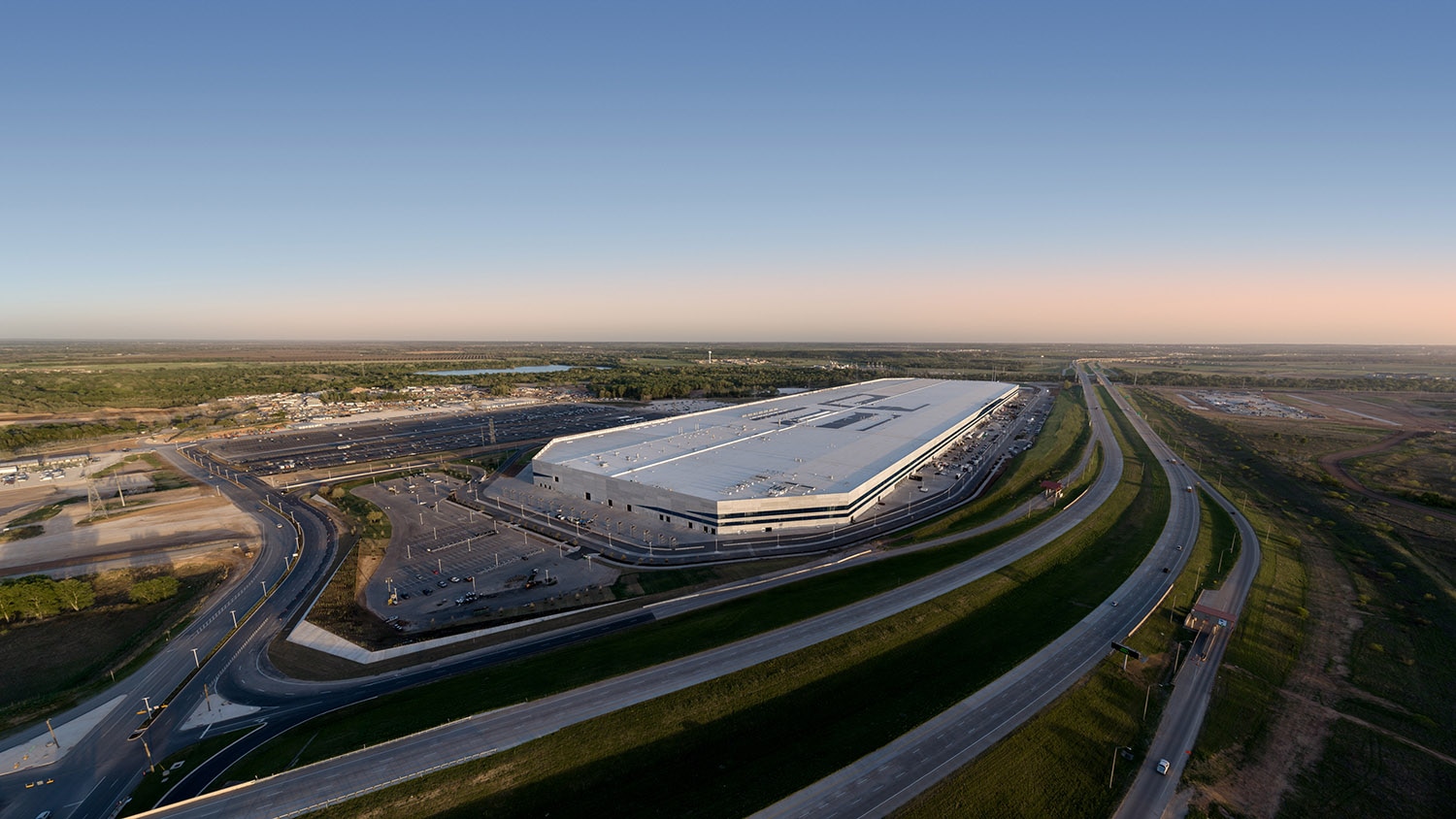What You Need to Know About Tesla's Gigafactories
The EV automaker is building manufacturing plants around the world for its various enterprises.
 Tesla
Tesla
 Tesla
Tesla
What Is a Tesla Gigafactory?
Initially, Tesla intended to use the term “Gigafactory” solely for its battery production facilities. Each would make so many battery packs that the collective energy capacity of those units would equal billions (hence “giga”) of watt-hours per year. The first opened in Storey County, Nevada, in 2016. But as Tesla’s operations and aspirations grew, it decided to apply the name to its other facilities, regardless of their battery-building capabilities.
Note: The automaker’s former home base in Fremont, California, remains a key assembly plant for Tesla, but it’s not a Gigafactory, as the term came about well after the West Coast plant opened.
 Tesla
Tesla
How Many Tesla Gigafactories Are There?
There are currently five Gigafactories. The United States has three: Giga Nevada, Giga New York, and Giga Texas. The Nevada facility builds battery packs and energy-storage products, such as Tesla’s Powerwall. Giga New York, located in Buffalo, makes Powerpack batteries as well as solar panels and parts for Supercharger stations. And the recently opened Giga Texas, in Austin, serves as the company’s new headquarters and an assembly site for various models. It’s already churning out Model Ys, and Tesla plans to build Model 3s, Cybertrucks, and Semis there, too.
Overseas, the automaker has two facilities—one in China and another in Germany—that both make Model Ys. Giga Shanghai also builds Model 3s, while Giga Berlin intends to add batteries and powertrains to its list of products.
 Tesla
Tesla
How Big Is a Gigafactory?
Each Gigafactory is unique in terms of size and manufacturing output, but you wouldn’t call any of them small. Even the smallest factory—Giga New York—sits on an 88-acre piece of land and has 1.2 million square feet of workspace. (For perspective, a football field covers 57,600 square feet.)
The original Gigafactory in Nevada covers 1.9 million square feet of land, and when you account for the building’s various floors, it has 5.3 million square feet of operational space. That facility puts out approximately 35 gigawatt-hours of battery capacity per year.
Giga Texas is among the largest buildings in the world by footprint, with more than 10 million square feet of factory floor. We’re yet to know how many vehicles this location will produce at full tilt, but Tesla says Giga Texas will play a big role in helping it reach its production goal of 2 million vehicles next year. So, a lot.
 Tesla
Tesla
When fully operational, Giga Berlin, which sits on 740 acres, should produce 500,000 vehicles and 50 gigawatt-hours of battery capacity a year, while Tesla’s 210-acre Shanghai location currently pushes out about 450,000 vehicles annually.
Other automakers are following Tesla’s lead. Mercedes-Benz recently opened its own battery production plant in Alabama, and Volkswagen has announced that it will build six battery production facilities in Europe by 2030, with the first slated to open in 2023. The VW locations will supposedly produce 40 gigawatt-hours of energy capacity per year. No word on Benz’s expected output.
 Tesla
Tesla
Written by humans.
Edited by humans.
 Roberto Baldwin
Roberto BaldwinRoberto Baldwin is an automotive and technology reporter based in Northern California. In addition to traditional car coverage, he has focused on the emergence of electric vehicles and driver assistance features in vehicles and the eventual launch of autonomous vehicles. Over the past seven years he’s sat in more autonomous test vehicles than he can remember but still reminds the average driver to keep their eyes on the road. He currently owns a Subaru BRZ, Hyundai Kona Electric, and a Vespa GTS 250.
Related articles
View more related articles